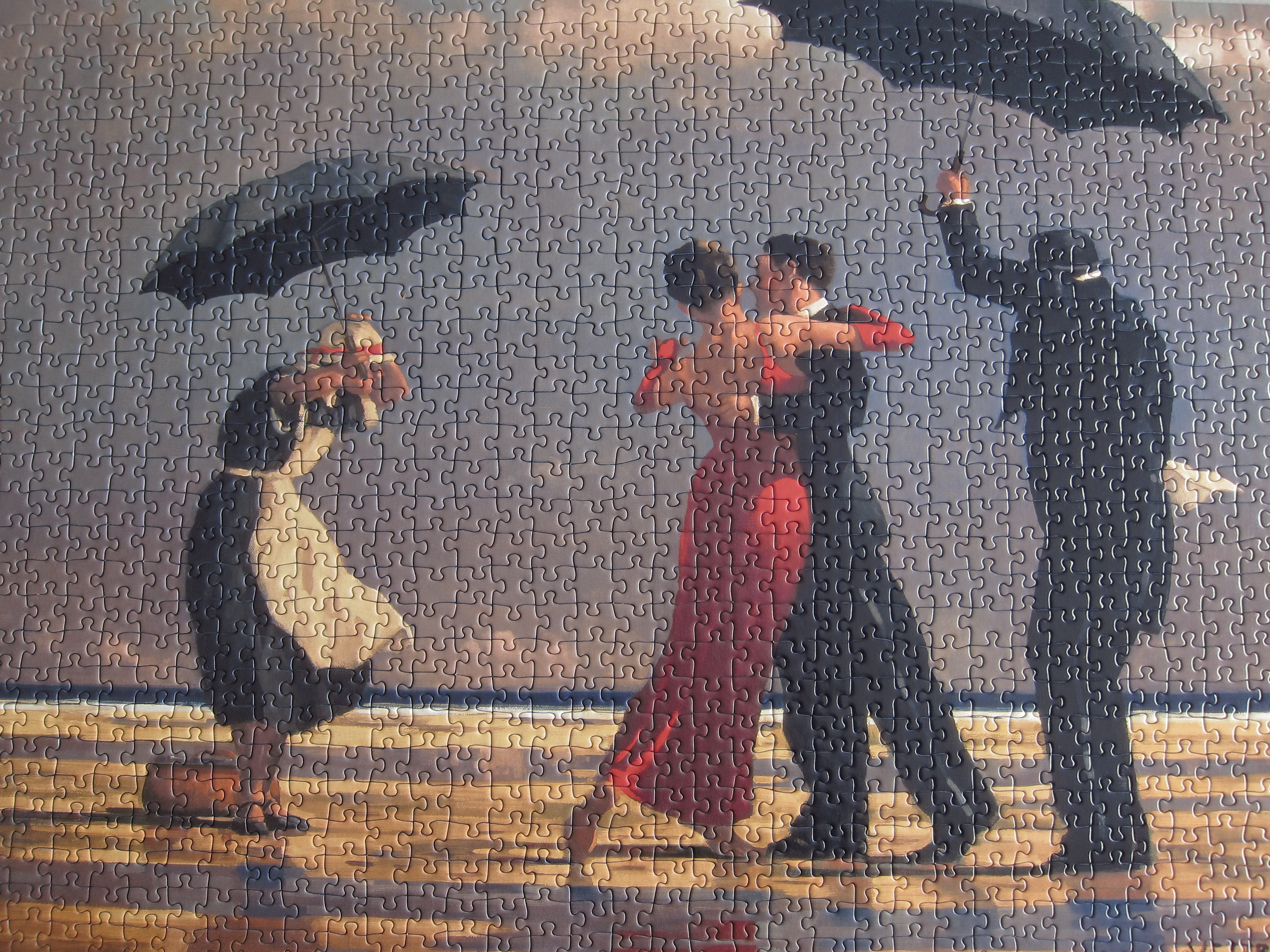Somewhere in one of the bottomless crevasses of my mind, I have been working on a puzzle of thought. It seems to start with the notion that there are elemental structures of thought. These elements of thought affect what we think about, how we think, and how we respond to our thoughts.
It is through the prism of these elements that we interact or connect with others and understand ourselves. The elements mysteriously combine with one another to produce various compounds and ideas.
What am I going on about? What is an elemental structure of thought? Spirituality, I think, is one elemental thought structure. Imagination is another. To those I would add Purpose and The Mundane (or if you prefer, “mundanity”). This last element is, I admit, a bit of a catch-all for the remainder of our thinking—the relatively boring bits that do not easily fit into another (less-boring) element of thought. This is not to suggest that mundanity is unimportant; in fact, our survival depends on it.
There is an element of spirituality contained within the expansive moments of our lives, in moments of transcendence, but spirituality is not exclusively transcendent. Is there not an element of spirituality in a simple conscious awareness of a good time? Gratitude and gratification, satisfaction and affection—these not necessarily transcendent thoughts are derived from the spirituality element of thought.
The element of Imagination is distinct from the element of Spirituality although these elements lie close to each other in the spectrum of thought structures. The element of imagination can be found in art and creativity, and it forms the foundation of invention. Our sense of wonder has something to do with our ability to imagine. Imagination is the mode of thought through which we experience excitement and bliss. Imagination beyond the comfortable and ordinary can be awe-inspiring.
If the element of Mundanity is about day-to-day survival, it is the element of Purpose that drives us forward. Purpose is about passion. Purpose takes us beyond the status quo and leads us to exploration. There is a sense of motion or movement in ideas about purpose. The element of purpose is behind intention and learning. Compassion and justice are rooted in purpose, and Purpose defines our sense of self. It is a mirror for self-reflection, a lens for looking inward. The element of purpose makes us aware of our own foolishness and regret and feeds the impulse to do better.
Visits: 1028
Some other stuff for later,
- 36I can feel the pride of my Danish ancestors for bringing the concept of hygge to the world at a time when it is sorely needed. There is probably no single word in English that encompasses the meaning of hygge, but it can be described as a kind of coziness,…
- 30How’s that retirement thing working out for you? At halfway through the third year of retirement, I am, doubtless, beyond the novelty phase. No longer can I claim to be at all tentative about the condition. I am by now committed to the project. My sentiments are generally positive about…
- 30
 The morning fog obscuring the branches Of the trees and Filtering the early morning sunlight. The far hillside, covered with majestic fir trees, Rendered to shadowy forms. The sky white with dawn evolves In minutes, cloud shapes appearing. Nearby branches reach out, Twigs teared by the night’s rain. The river…
The morning fog obscuring the branches Of the trees and Filtering the early morning sunlight. The far hillside, covered with majestic fir trees, Rendered to shadowy forms. The sky white with dawn evolves In minutes, cloud shapes appearing. Nearby branches reach out, Twigs teared by the night’s rain. The river…

Comments of Late